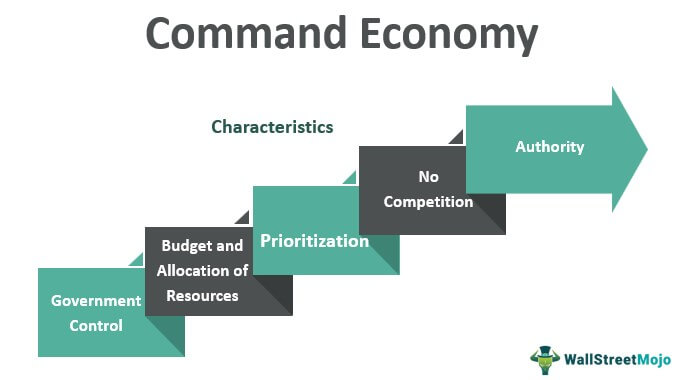
The goal of such an economic system would be to achieve conscious control over the economy by the population, specifically so that the use of the surplus product is controlled by the producers. While socialism is not equivalent to economic planning or to the concept of a planned economy, an influential conception of socialism involves the replacement of capital markets with some form of economic planning in order to achieve ex-ante coordination of the economy. Some decentralized participation in economic planning occurred across Revolutionary Spain, most notably in Catalonia, during the Spanish Revolution of 1936. The Swedish government planned public-housing models in a similar fashion as urban planning in a project called Million Programme, implemented from 1965 to 1974. Īfter World War II (1939–1945) France and Great Britain practised dirigisme - government direction of the economy through non-coercive means. Nazi Germany's Four Year Plan of 1936 onwards involved elements of state planning in the Reich economy. 1928 intervened before the planned system of regular five-year plans started in 1928.

However, the period of the New Economic Policy ( c. These policies began their formal consolidation under an official organ of government in 1921, when the Soviet government founded Gosplan.

The Soviet-style planned economy in Soviet Russia evolved in the wake of a continuing existing World War I war-economy as well as other policies, known as war communism (1918–1921), shaped to the requirements of the Russian Civil War of 1917–1923. One view of mercantilism sees it as involving planned economies. Scholars have argued that the Incan economy was a flexible type of command economy, centered around the movement and utilization of labor instead of goods.

In the Hellenistic and post-Hellenistic world, "compulsory state planning was the most characteristic trade condition for the Egyptian countryside, for Hellenistic India, and to a lesser degree the more barbaric regions of the Seleucid, the Pergamenian, the southern Arabian, and the Parthian empires". This highlights the central role of hierarchical administration and public ownership of production in guiding the allocation of resources in these economic systems. A command economy follows an administrative-command system and uses Soviet-type economic planning which was characteristic of the former Soviet Union and Eastern Bloc before most of these countries converted to market economies. Market economies that use indicative planning are variously referred to as planned market economies, mixed economies and mixed market economies. Planned economies contrast with unplanned economies, specifically market economies, where autonomous firms operating in markets make decisions about production, distribution, pricing and investment. More recent approaches to socialist planning and allocation have come from some economists and computer scientists proposing planning mechanisms based on advances in computer science and information technology. Market abolitionist socialism replaces factor markets with direct calculation as the means to coordinate the activities of the various socially owned economic enterprises that make up the economy. Socialist states based on the Soviet model have used central planning, although a minority such as the former Socialist Federal Republic of Yugoslavia have adopted some degree of market socialism. The level of centralization or decentralization in decision-making and participation depends on the specific type of planning mechanism employed. A planned economy may use centralized, decentralized, participatory or Soviet-type forms of economic planning. A planned economy is a type of economic system where the distribution of goods and services or the investment, production and the allocation of capital goods takes place according to economic plans that are either economy-wide or limited to a category of goods and services.


 0 kommentar(er)
0 kommentar(er)
